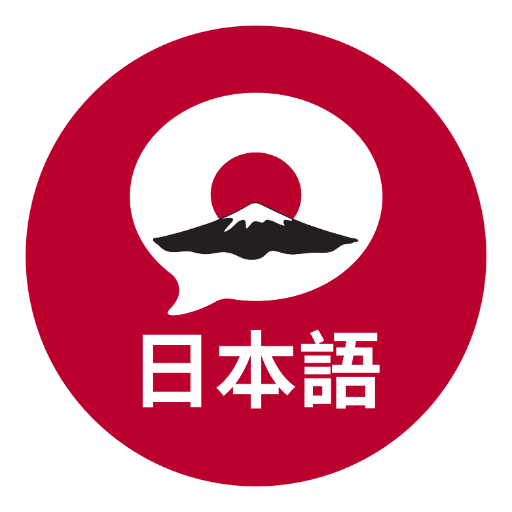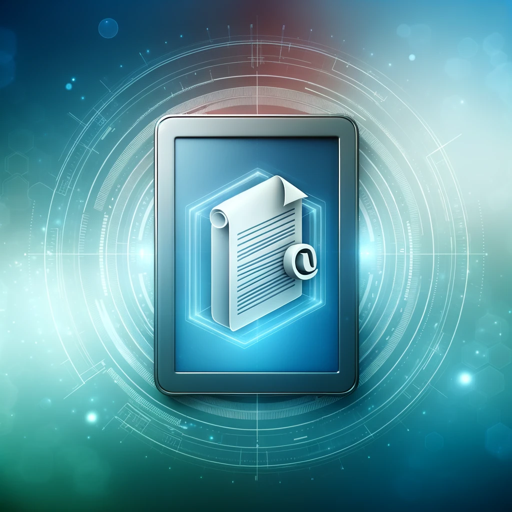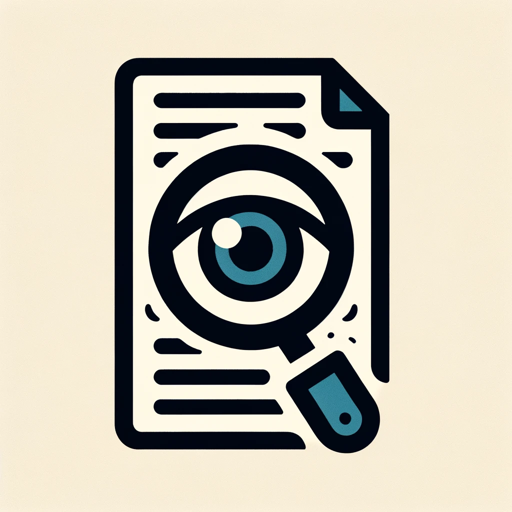日本語 OCR-Japanese text extraction
AI-powered Japanese OCR tool
画像を送って、日本語のテキストを読み取りたい
日本語のテキストを読み取った後のアクションについて知りたい
画像の中の日本語テキストを訳してほしい
画像の日本語テキストについて詳細を知りたい
Related Tools
Load More
Japanese-Japan 日本語
日本語は、日本語専用の高度なAIで、日本の文化、歴史、ビジネス、法律、および言語教育に関する深い知識を提供します。多様なアニメワイフキャラクターを通じてインタラクティブな体験を実現し、カスタマイズ可能な専門家支援と現代の日本に関する最新情報を提供することで、ユーザーの学習と情報収集を強化します。
OCR: PDF- and image-reader
Provides tekst from images and scanned documents by using optical character recognition (OCR)

OCR (formerly ChatOCR)
Extract text from scanned PDFs, photos, and even handwriting.

OCR - Text Extractor
An OCR assistant for accurately extracting text from images.

PDF AI OCR
Optical Character Recognition (OCR) to securely chat with PDFs, images, scans, and even handwriting! Over 40,000 professionals trust ChatOCR to reliably scan and extract text from documents. Search and query text in faxes, textbooks, and photos.

Journal Recognizer OCR
Optimized OCR for Handwritten Notebooks, up to 10 image transcript copy w/1-click. No text prompt necessary. Reads journals, reports, notes. All handwriting transcribed verbatim, then text summarized, graphic image features described. Ask to change any b
20.0 / 5 (200 votes)
Introduction to 日本語 OCR
日本語 OCR is a specialized optical character recognition (OCR) system designed to accurately read and convert Japanese text from images or PDFs into editable formats. This technology handles a wide range of fonts and styles used in Japanese texts, from printed to handwritten characters. The primary design purpose of 日本語 OCR is to facilitate the digitization and accessibility of Japanese text, enabling easier editing, searching, and archiving of documents. For instance, an academic researcher might use 日本語 OCR to digitize historical documents for analysis, or a business professional could convert printed reports into digital format for easier manipulation and sharing.

Main Functions of 日本語 OCR
Text Extraction
Example
Extracting text from scanned books or newspapers.
Scenario
A university library digitizes its collection of Japanese literature. By using 日本語 OCR, the text from each book is extracted and saved in a digital format, making it searchable and accessible to researchers worldwide.
Handwritten Text Recognition
Example
Converting handwritten notes into digital text.
Scenario
A student takes handwritten notes during lectures. Using 日本語 OCR, the notes are scanned and converted into digital text, which can then be organized and searched more efficiently.
Mixed Text Processing
Example
Handling documents with both printed and handwritten text.
Scenario
A historical document contains both typed and handwritten annotations. 日本語 OCR processes the entire document, accurately converting both types of text into an editable format, preserving the document's integrity while making it digitally accessible.
Ideal Users of 日本語 OCR
Researchers and Academics
Researchers and academics often deal with large volumes of text that need to be digitized for analysis, storage, or sharing. 日本語 OCR allows them to convert physical documents into digital text, enabling easy searching, annotation, and citation in their work.
Business Professionals
Business professionals who handle numerous printed reports, forms, and documents can benefit from 日本語 OCR by converting these materials into editable and searchable digital formats. This improves efficiency in data management, reporting, and collaboration.

How to Use 日本語 OCR
1
Visit aichatonline.org for a free trial without login, also no need for ChatGPT Plus.
2
Upload the image or PDF containing Japanese text you want to extract.
3
Choose the OCR settings suitable for your document, such as specifying if the text is printed or handwritten.
4
Run the OCR process and wait for the tool to analyze and extract the text.
5
Review and edit the extracted text for any corrections, then download or copy the text as needed.
Try other advanced and practical GPTs
AI美女画像生成プロンプトメーカー
Create stunning AI-generated images effortlessly.

马哥
AI-driven clarity for complex topics

英哥哥哥哥哥
AI-powered English practice for exams

CS
AI-Powered Customer Communication Solution

翻译
AI-powered language translation made easy.

數學天地
AI-powered math adventures for all students

日本語論文検索!
AI-powered academic research assistant

眠れる小説GPT
AI-powered storytelling made simple.

健康饮食
AI-Powered Nutrition at Your Fingertips

E-Commerce Expert
Boost your online store with AI-powered strategies.

Tailwind CSS
AI-powered Tailwind CSS for custom UIs

Typescript/React/Tailwind
AI-powered frontend development with TypeScript, React, and Tailwind.

- Academic Writing
- Research
- Translation
- Document Archiving
- Digitalization
Frequently Asked Questions about 日本語 OCR
What types of documents can 日本語 OCR process?
日本語 OCR can process a variety of documents including books, printed materials, handwritten notes, and scanned PDFs. It supports different fonts and styles commonly used in Japanese documents.
Do I need any special software to use 日本語 OCR?
No special software is needed. You can access the OCR tool through the aichatonline.org website using any standard web browser.
How accurate is 日本語 OCR in recognizing handwritten text?
The accuracy of recognizing handwritten text is high, thanks to advanced machine learning algorithms. However, legibility of the handwriting can affect the results, so clearer handwriting yields better accuracy.
Can 日本語 OCR handle vertical text orientation commonly found in Japanese publications?
Yes, 日本語 OCR can handle both horizontal and vertical text orientations, making it versatile for different types of Japanese publications.
Is the extracted text editable after OCR processing?
Yes, the text extracted using 日本語 OCR is fully editable. You can make any necessary corrections and format the text as per your requirements.